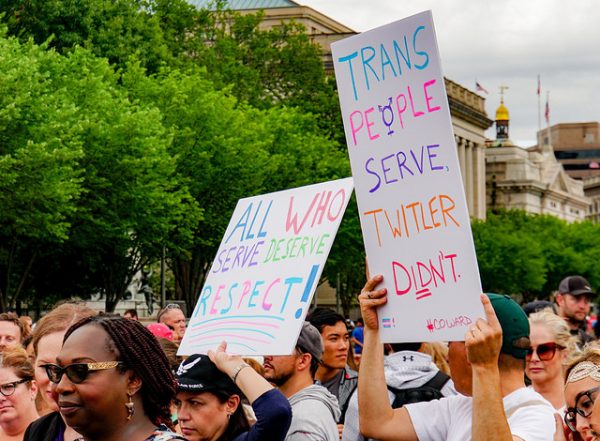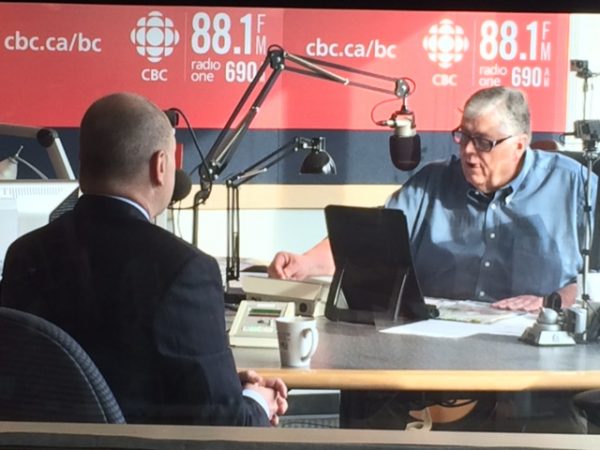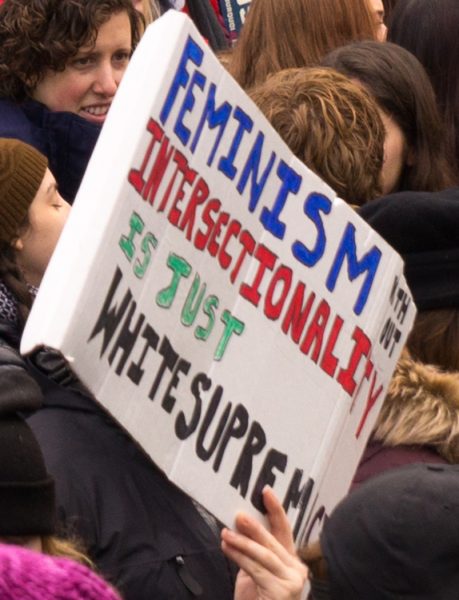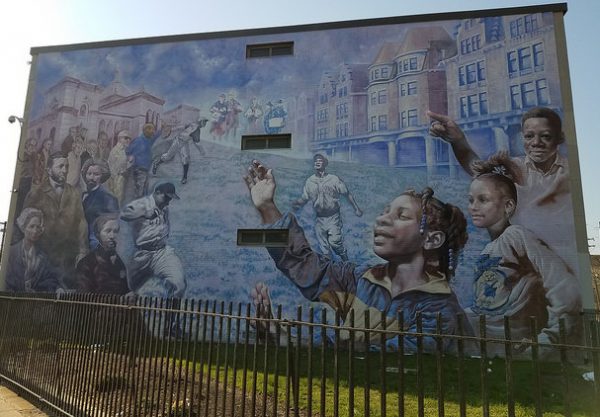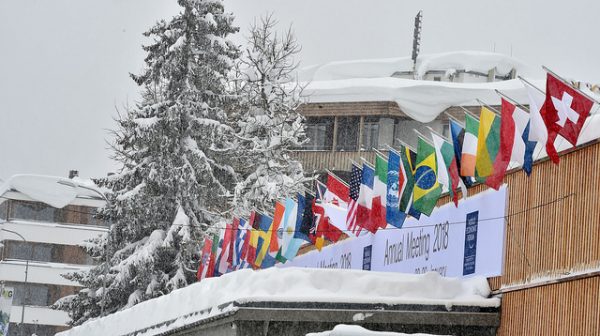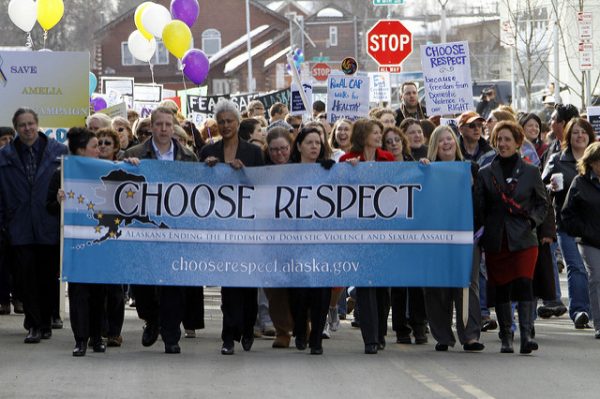
Audiences are re-living one of America’s most infamous cases of intimate partner violence (IPV) with Jordan Peele’s recent documentary about Lorena Bobbitt, who retaliated against her husband John after years of alleged abuse. While the Bobbitt case is unique, the issue is common. The Centers for Disease Control and Prevention estimate that 1 in 4 women and 1 in 7 men in the United States have experienced severe physical violence by an intimate partner. Tabloid exposés of such cases highlight personal details of the individuals involved. By contrast, sociological perspectives on IPV uncover the structural conditions that make it such a pervasive problem.
Sociologists began studying violence between spouses in the 1970s, particularly violence against women. Feminist scholars, drawing from interviews with victims in women’s shelters, focused on women’s experiences as targets or victims. They believed that IPV’s root causes were the patriarchal norms and laws that defined wives as their husbands’ property. Other survey researchers found that men were also likely to be targets of IPV — sometimes at rates as high as those for women. They considered IPV a special case of violence in the home, but similar to child or elder abuse in its determinants: stress, social isolation, and intergenerational histories of family violence. Although the question of gender differences in IPV remains controversial, contemporary research does not necessarily see these perspectives as competing, but rather as describing two or more different types of IPV, such as “patriarchal terrorism” versus “common couple violence.”
- Russell Dobash and R. Emerson Dobash. 1979. Violence Against Wives: A Case Against the Patriarchy. Free Press.
- Richard J. Gelles. 1985. “Family Violence.” Annual Review of Sociology 11: 347-367.
- Michael P. Johnson. 1995. “Patriarchal Terrorism and Common Couple Violence: Two Forms of Violence Against Women.” Journal of Marriage and Family 57(2): 283-294.
Victims of IPV often suffer severe consequences. Violence damages physical and mental health, leading to injury, chronic pain, depression, sexually transmitted disease, and post traumatic stress disorder. Beyond these individual effects, the negative impact of abuse spills over into other areas. In some cities, landlords are penalized if the police are called to their property too often. Because of this, female renters who report domestic violence are considered a liability and often face eviction. Trouble at home also follows many women to work in the form of stalking and harassment. IPV victims miss work more frequently than their peers because of injury and distress, which results in lower productivity and higher job turnover.
- Jacquelyn C. Campbell. 2002. “Health Consequences of Intimate Partner Violence.” The Lancet 359(9314): 1331-1336.
- Matthew Desmond and Nicol Valdez. 2013. “Unpolicing the Urban Poor: Consequences of Third-Party Policing for Inner-City Women.” American Sociological Review 78(1): 117-141.
- Jennifer E. Swanberg, TK Logan, and Caroline Macke. 2005. “Intimate Partner Violence, Employment, and the Workplace: Consequences and Future Directions.” Trauma, Violence, and Abuse 6(4): 286-312.
Eradicating IPV across the world is a major focus of human rights organizations, but a big obstacle to changing behaviors remains: the continuing social acceptance of physical violence against wives in some areas. A recent international survey found that support for a husband hitting his wife varies widely across countries, but tends to be greatest in places where gender inequality is relatively high. Within a given country, the most marginalized people (rural, lowest wealth quintile, least education) are generally the most likely to support IPV. The good news is that these attitudes are changing. In nearly every country where data are available, support for IPV has declined since the 1990s. This trend parallels an increasing number of policies banning violence against women in recent decades.
- Eve Waltermaurer. 2012. “Public Justification of Intimate Partner Violence: A Review of the Literature.” Trauma Violence and Abuse 13(3): 167-175.
- Thach Duc Tran, Hau Nguyen, and Jane Fisher. 2016. “Attitudes towards Intimate Partner Violence against Women among Women and Men in 39 Low- and Middle-Income Countries.” PLOS ONE 11(11).
- Rachael S. Pierotti. 2013. “Increasing Rejection of Intimate Partner Violence: Evidence of Global Cultural Diffusion.” American Sociological Review 78(2): 240-265.
This research shows how intimate partner violence affects both men and women, though women tend to experience more severe and persistent abuse in the United States and internationally. Undoing this social problem will require structural change in the way societies construct gender norms and how institutions respond to victims. In the meantime, some resources for abuse victims can be found here.

